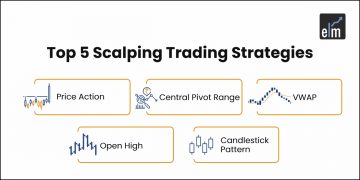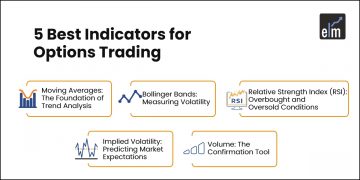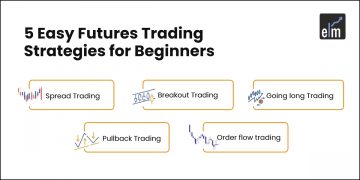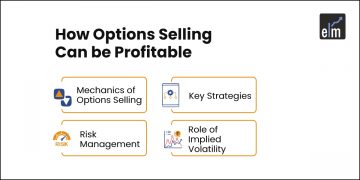In an interesting session as a part of the highly popular Face2Face series, conducted by Elearnmarkets, Mr Vivek Bajaj, Co-founder of Elearnmarkets, invited Mr Mitesh Patel, a successful stock market investor with many years of experience, to decode how to make money from Futures and Options Trading in the right way.
A chemical engineer by profession, Mr Patel discovered trading as a profession in the year 2005 by starting with delivery-based trading. He soon started trading in the F&O segment around 2007.
He talks about how his losses during the economy’s downturn in 2008 helped him learn how to trade effectively.
So, in today’s blog, we will discuss How to make money from Futures and Options Trading in the right way:
- 1. How was his experience in the Futures, and what made him move towards Options Trading?
- 2. How to identify momentum in stocks?
- 3. How does he identify which stock is giving a range breakout?
- 4. How does he place stop-loss and manage risk when options trading?
- You can watch the entire video from here
- Bottomline
1. How was his experience in the Futures, and what made him move towards Options Trading?
In futures trading, there is a maximum risk. Also, he faced loss in options buying as money used to go away when the market or the stock’s prices came down. Since he suffered the loss in options buying, he thought he would definitely make a profit in options selling.
But for options selling, one requires huge capital. So even if you start with 2-3 lakhs, it would be like directional playing without any proper adjustments.
For options selling, you need 50% capital and the other 50% capital for making adjustments. So from options selling, traders in the market make money.
People say that there is unlimited risk in options selling, but there is more risk in futures trading. The time value and the difference between the strike price will save you in options selling.
“Futures will not save you even 0.1%” – Mitesh Patel
2. How to identify momentum in stocks?
Whenever the stock’s prices go up or down, the big shots already get insider information beforehand, and the public gets to know about it later.
If there is some good news coming in some particular stock, then insiders know beforehand, and they start accumulating the stock, increasing the prices of that stock.
On the other hand, if there is some bad news coming in some particular stock, then insiders know beforehand and start distributing the stock, which decreases the prices of that stock.
The accumulation or distribution phase is always large and not less than 3-4 months.
After the accumulation or distribution phase ends, a range breakout gives us long moves, either upside or downside. Mitesh Patels only trade in those stocks and no other stocks.
For example, from the 9-month chart of Tata Global, we can see the accumulation phase marked in a blue rectangle.
We expect a big upside move when the price breakouts from this phase with massive volume in the up direction.
Whenever there is a huge volume with long bullish candlesticks, we can buy that stock as it indicates a big upside move coming up.
One should hold the stock till then when there is a pause in its movement as we can exit from that stock and put our capital in another stock, which is giving another range breakout.
3. How does he identify which stock is giving a range breakout?
As there are 150 stocks in Futures and Options trading, he keeps observing the top 50 most liquid stocks and which stock gives a range breakout among these top 50 liquid stocks.
Watch our webinar on Momentum trading and Playing Breakouts
4. How does he place stop-loss and manage risk when options trading?
According to his capital, he keeps his stoploss at the beginning only. Suppose he bought Tata Global at 336, then he kept stop-loss at 330.
And if the stop-loss gets hit, then how much he will lose he calculates and accordingly, he will add the quantity.
If the prices go up, suppose 340 in this case, then the stop-loss will also go up, and he will keep adding the quantity. If it goes up, it confirms the trade and one can keep adding to the quantity.
As he has been trading for a long time, he is experienced with when he should take the trade, at what price he should place stop-loss and when to exit.
You can watch the entire video from here
Bottomline
According to Mitesh Patel, the best profits come from options selling, and he trades in those stocks that give range breakout either up or down. You can checkout our futures trading course as well if you are interested in similar concepts. We hope you found this blog informative and use it to its maximum potential in the practical world. Also, show some love by sharing this blog with your family and friends and helping us in our mission of spreading financial literacy.
Happy Investing!
You can also visit web.stockedge.com, a unique platform that is 100% focused on research and analytics.











